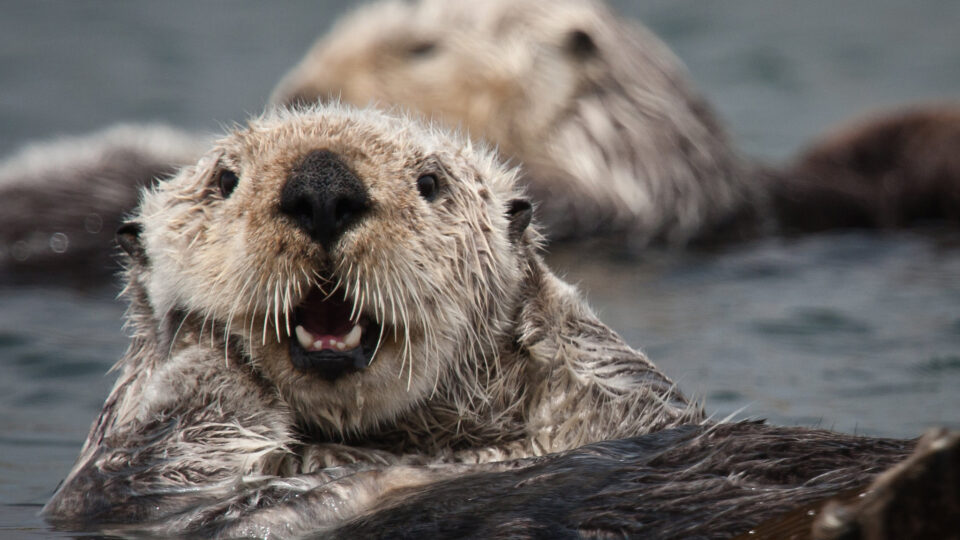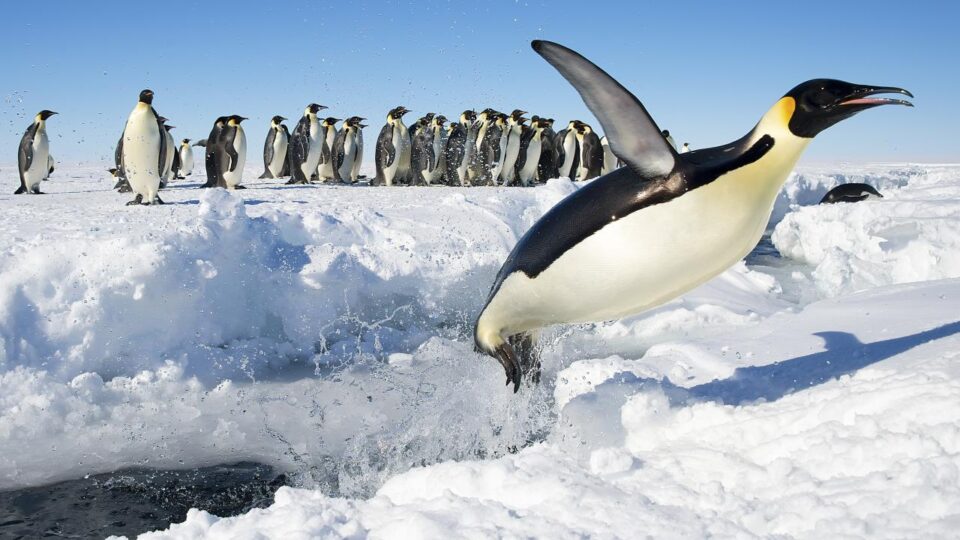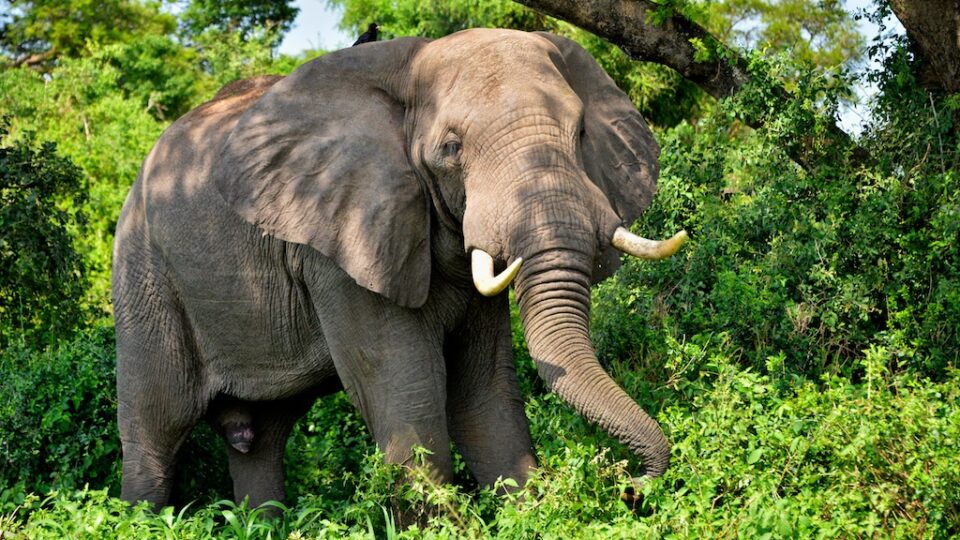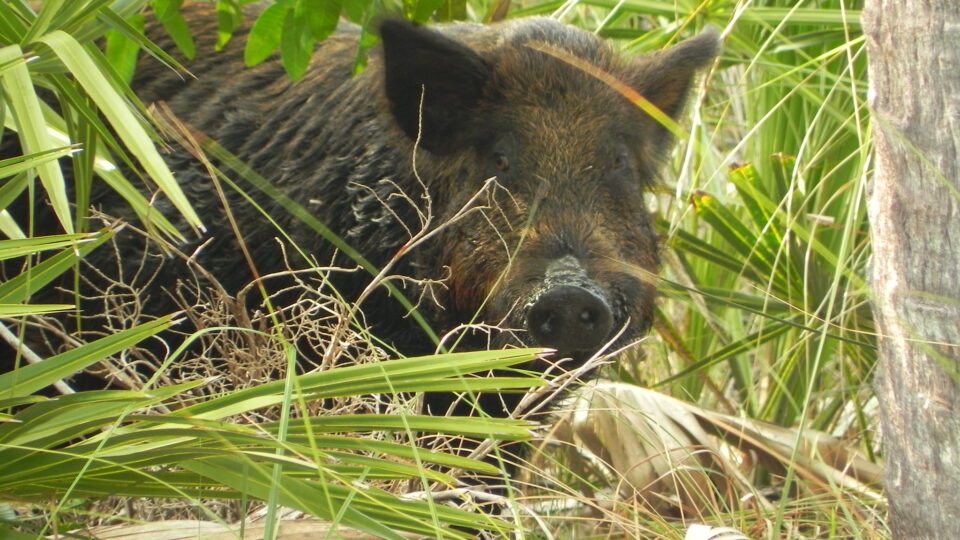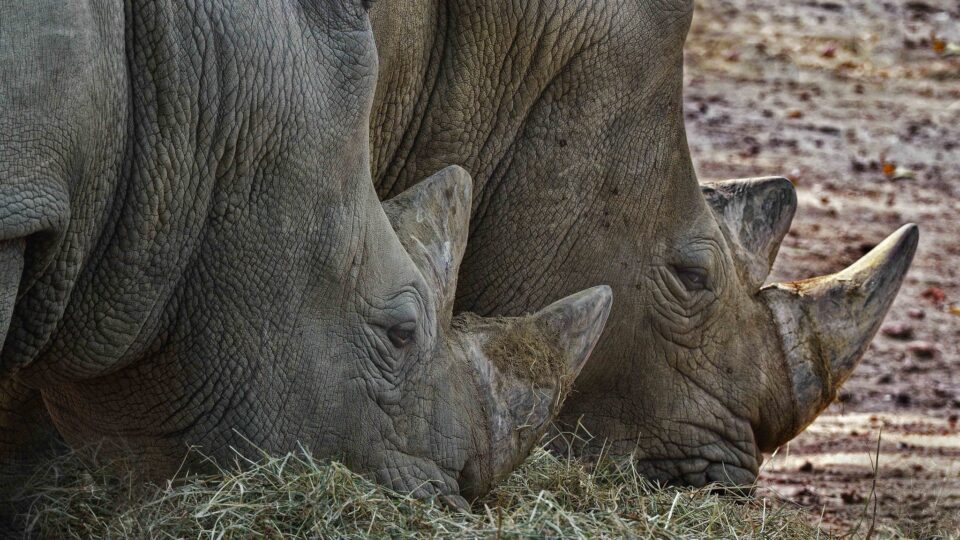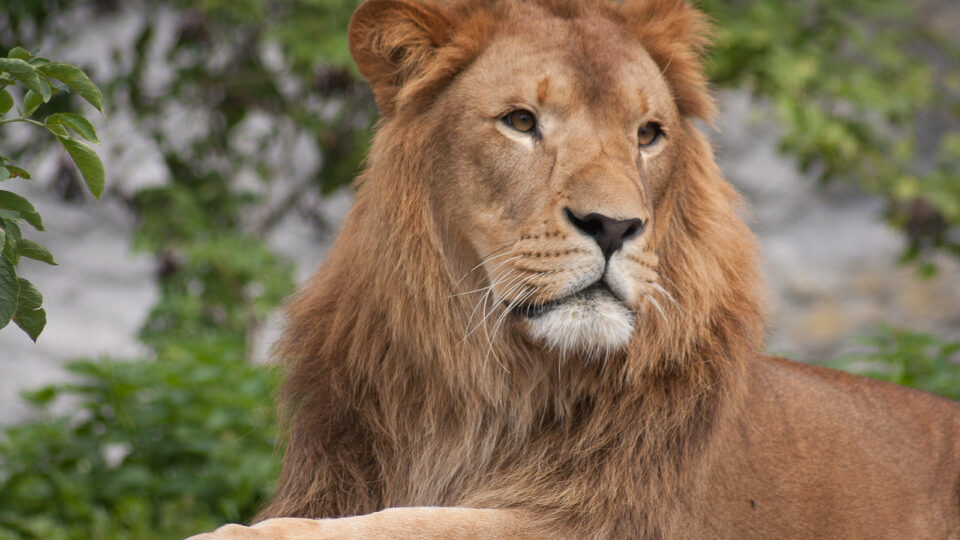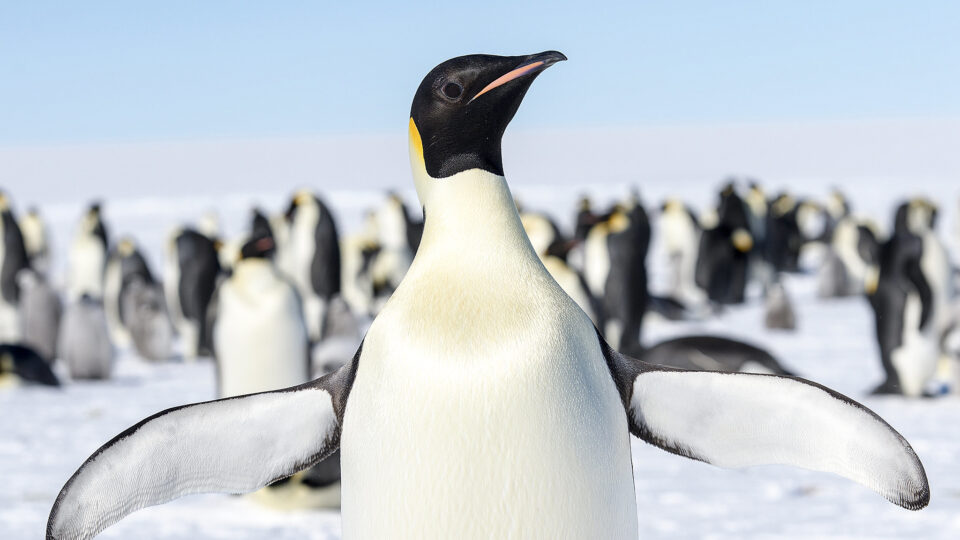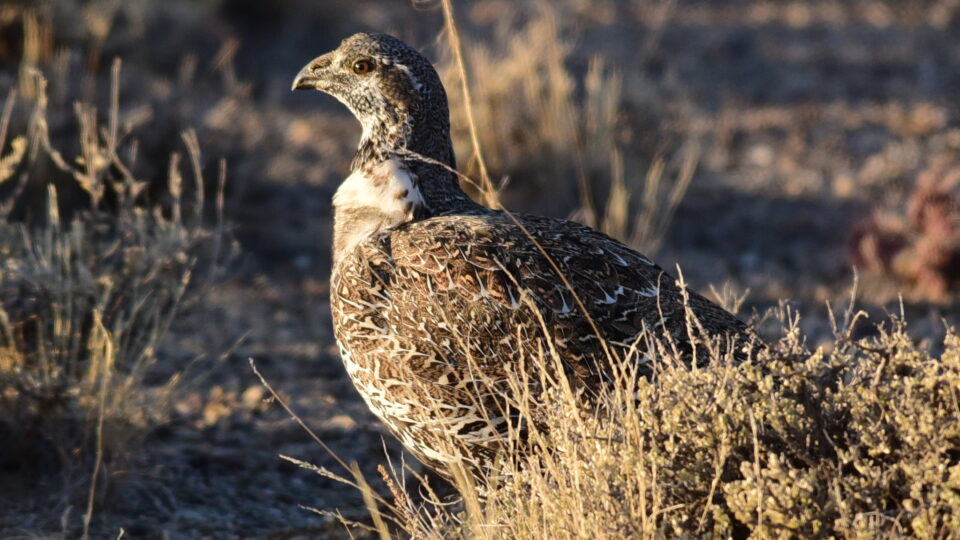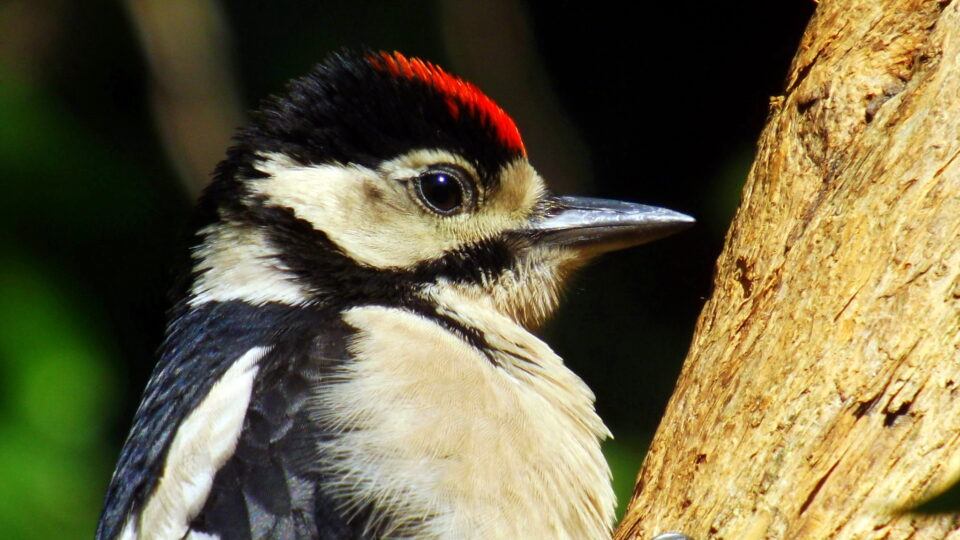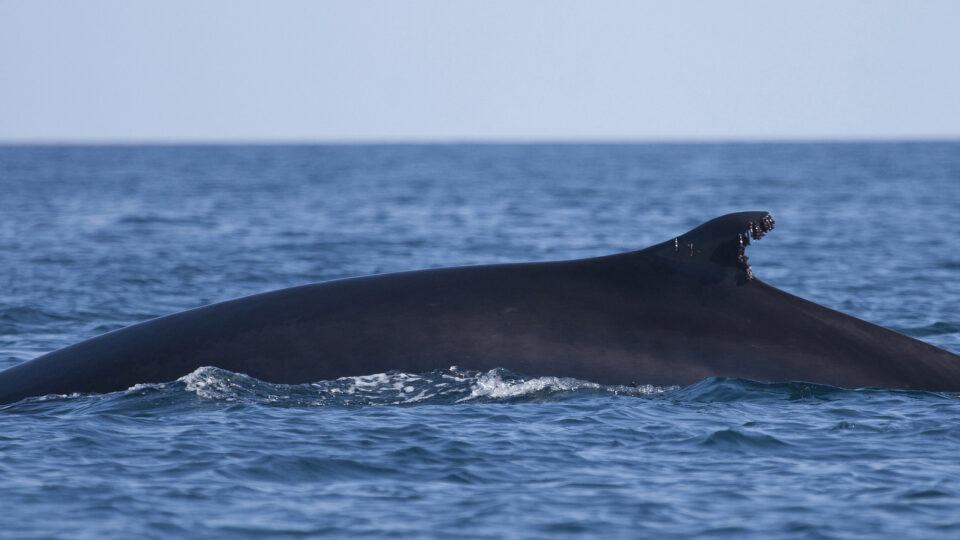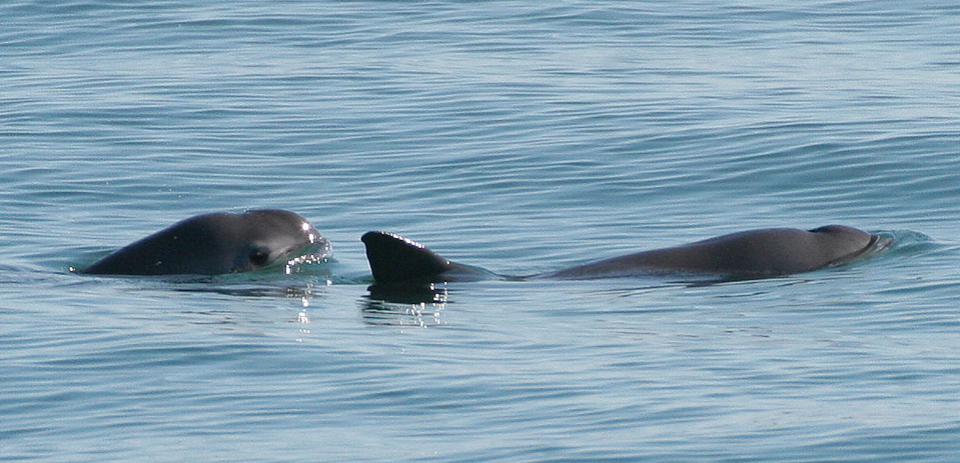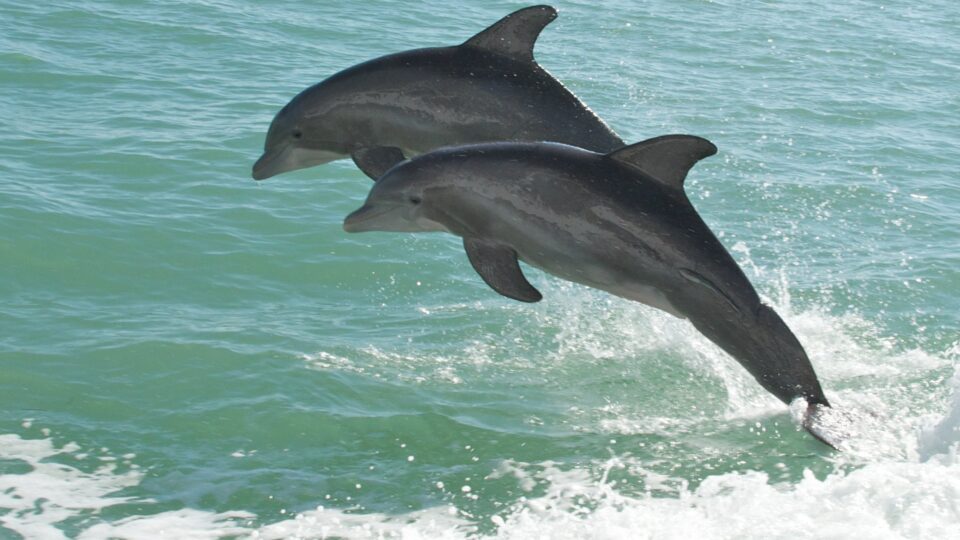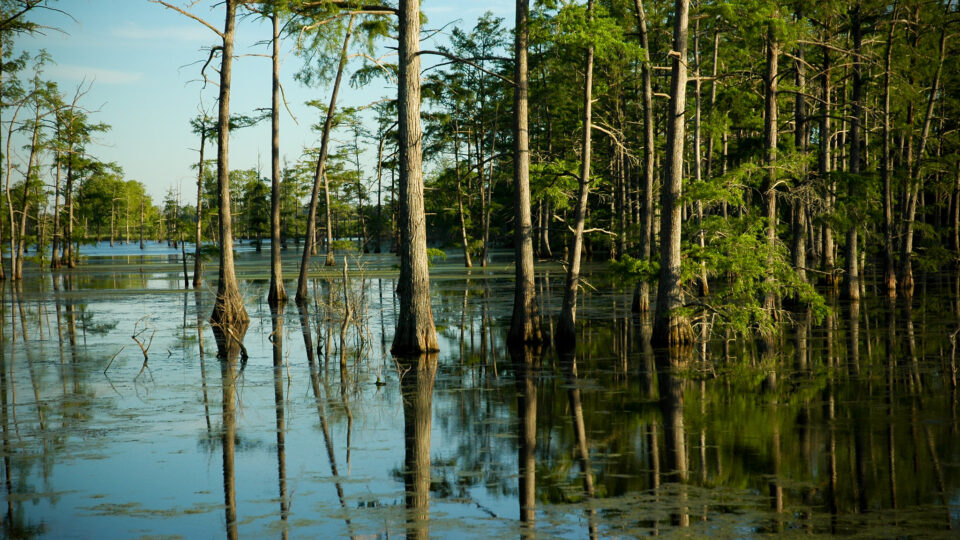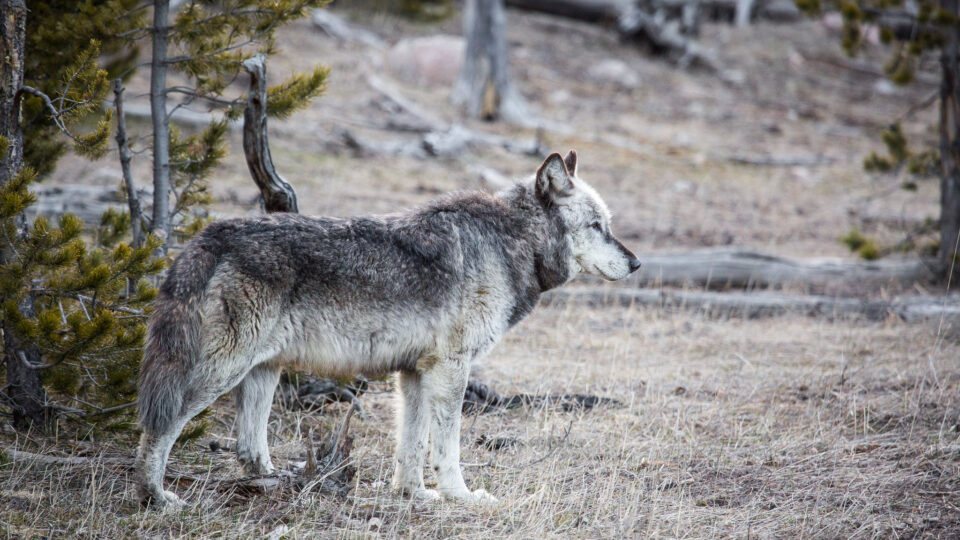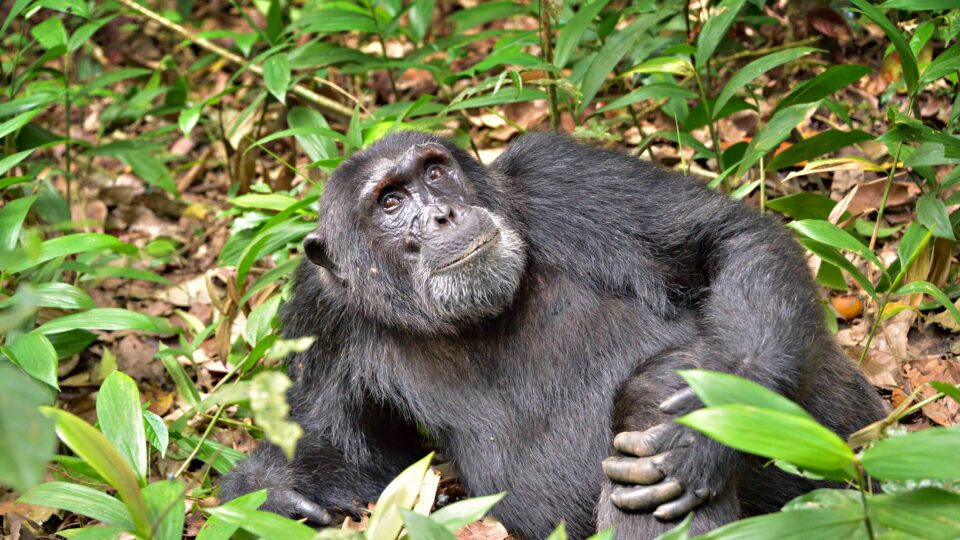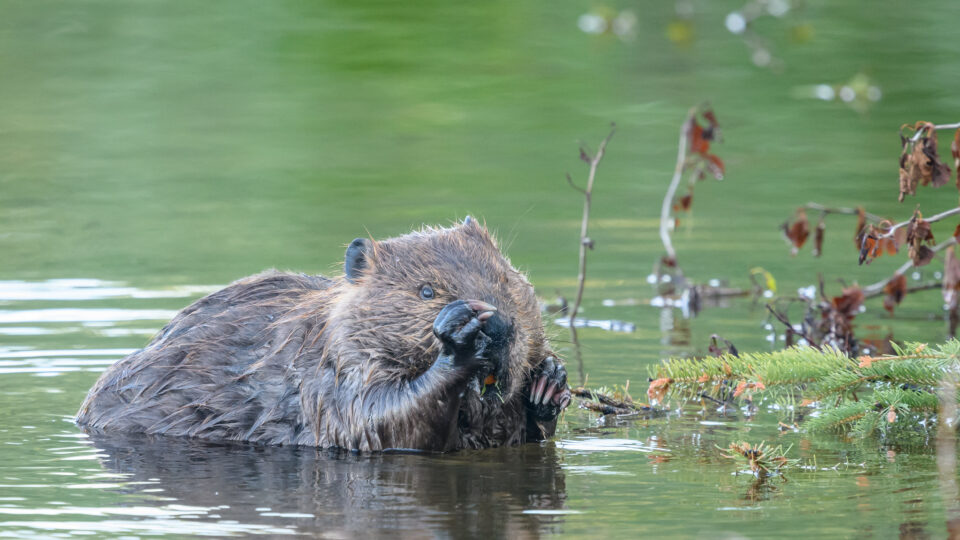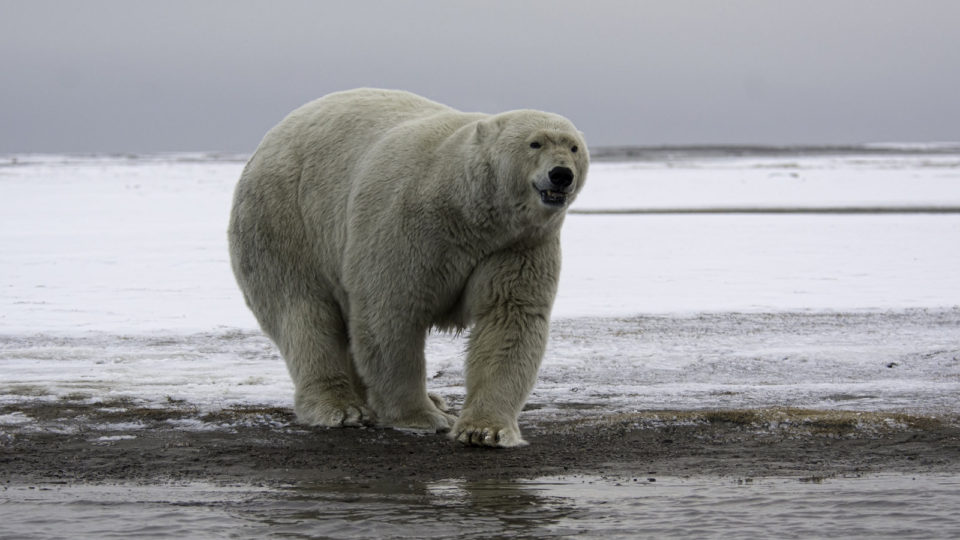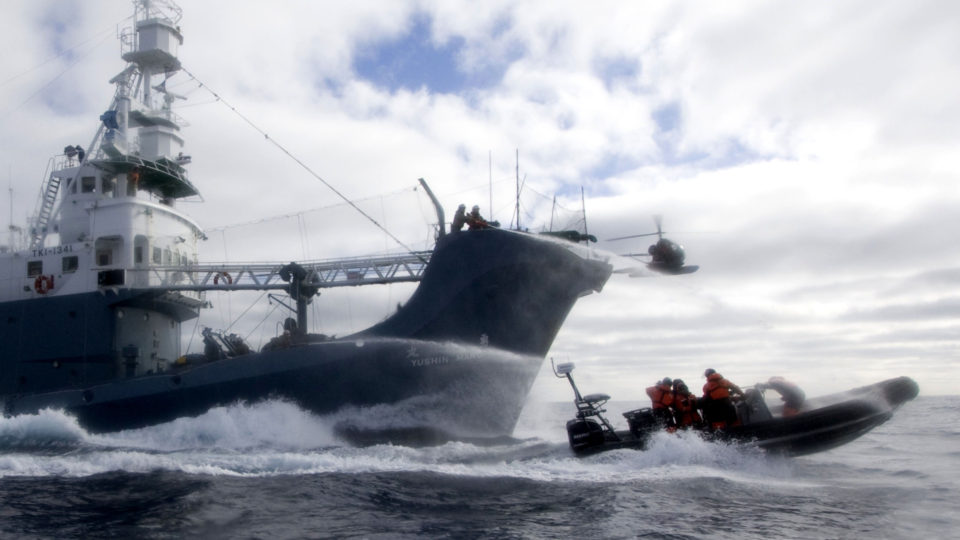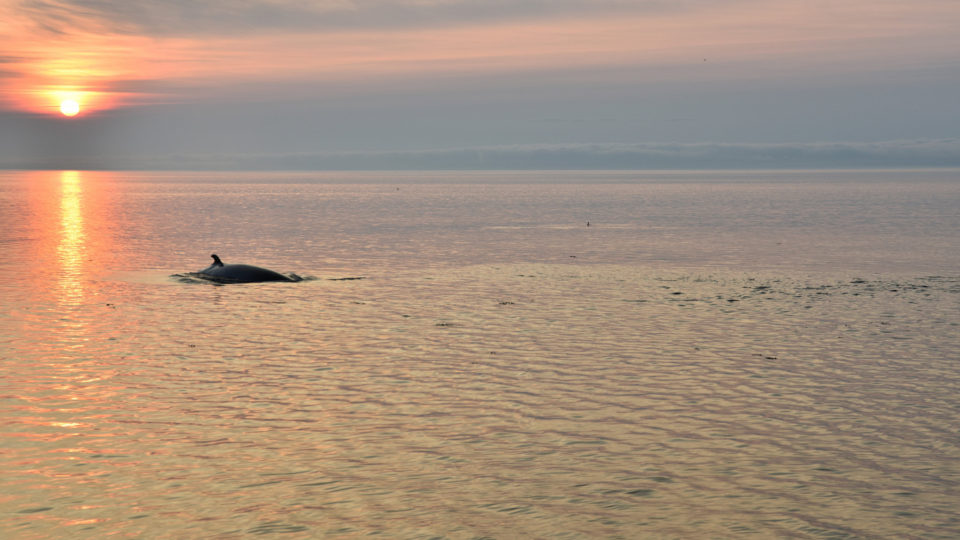California sea otters were hunted almost to extinction in the 19th century. Only a small number survived along California’s central coast. But over time, the otters recovered and increasingly recolonized their former habitats.
Sea otters are playing an important role in safeguarding California’s kelp forests and marshlands against the harmful effects of climate change.
Over much of the 20th century, increasing ocean heat had devastated underwater kelp forests by driving a population explosion of sea urchins that devour kelp. But sea otters eat urchins and as the sea otter population has grown, kelp has flourished. According to a new study published in PLOS Climate, the underwater kelp canopy along the central coast increased by 56% since 2016. Kelp forests have become more extensive and resilient to climate change wherever sea otters have reoccupied the California coastline.
At the same time, sea otters started recolonizing their former habitat in a central California estuary several decades ago and erosion has slowed by as much as 90%. The main reason is that otters love to eat the marsh crabs that were devouring the plants in this coastal ecosystem. The marsh plants establish dense root systems that can withstand waves and flooding. It would cost millions of dollars for humans to rebuild creekbanks and restore these coastal marshes. Instead, sea otters have been stabilizing them for free in exchange for a crab feast.
Sea otters are playful creatures that people enjoy watching. It turns out that they are also very valuable ecosystem engineers that are helping to mitigate the effects of the warming climate.
**********
Web Links
How Sea Otters Are Protecting the California Coast Against Climate Change
Photo, posted May 17, 2021, courtesy of Michael L. Baird via Flickr.
Earth Wise is a production of WAMC Northeast Public Radio
